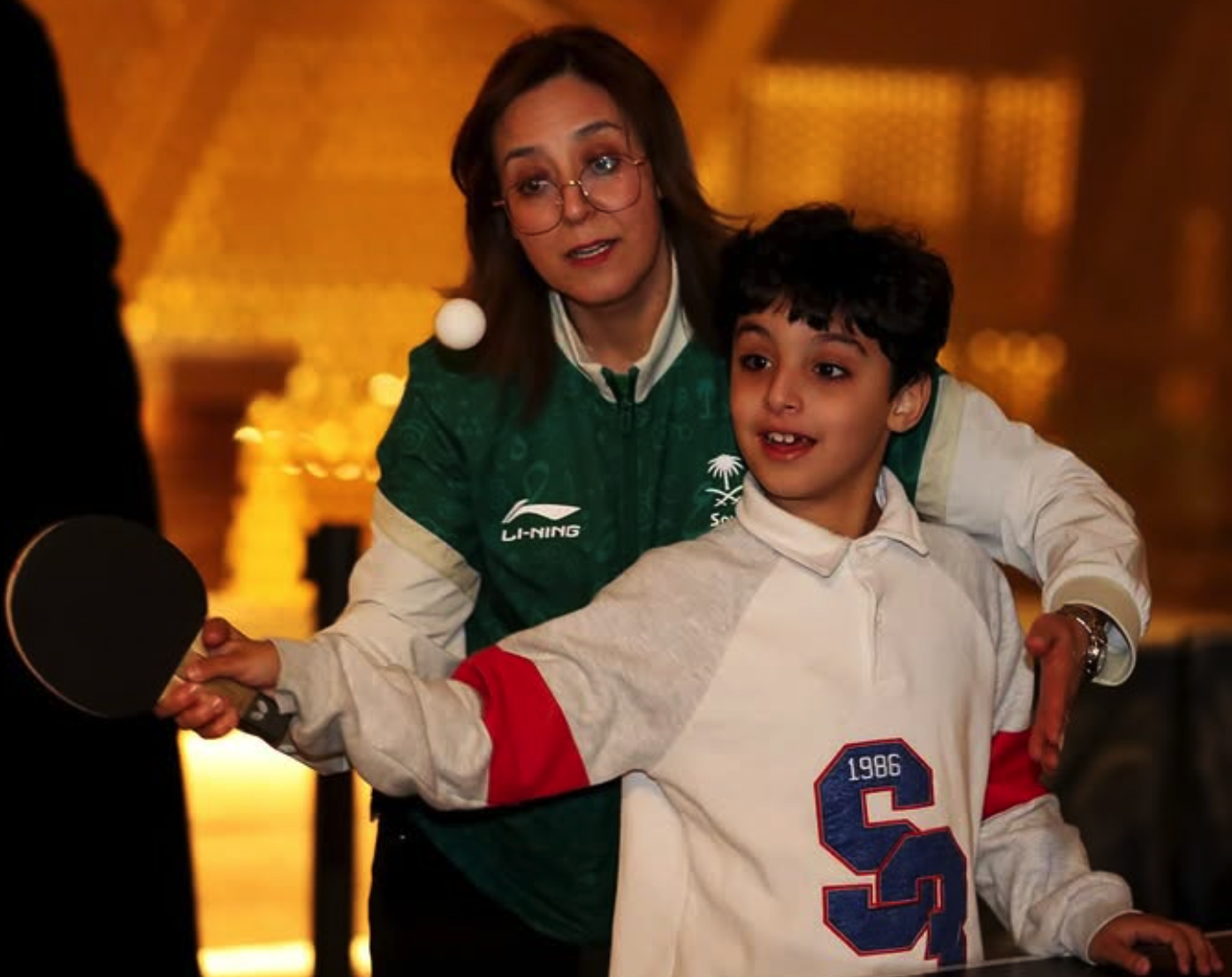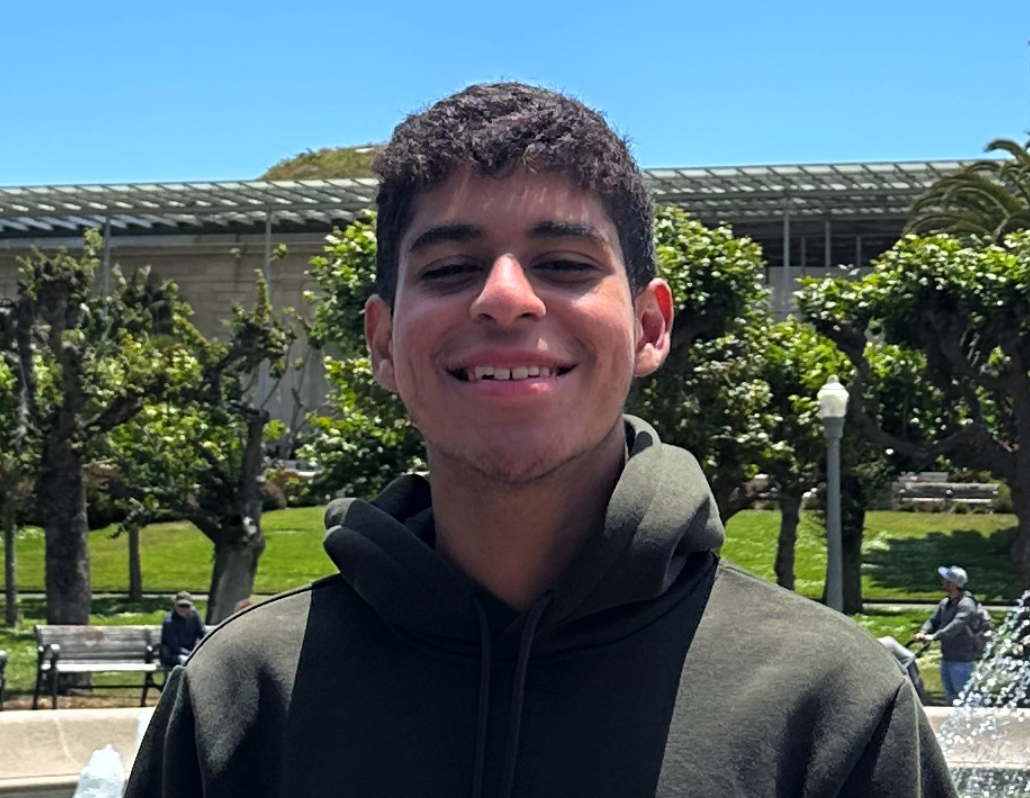Professional table tennis tournaments were first introduced in 1956 when the Saudi Arabian Table Tennis Committee was established—that was 69 years ago. The journey since then has been one of remarkable growth, persistent challenges, and emerging opportunities.
Historical Milestones
In 1979, the committee changed its name to the Saudi Table Tennis Federation (STTF), which still exists today. The STTF currently has 3,478 players across all age categories (including me) and 152 clubs.
The first women's local table tennis tournament was only hosted a few years ago, with most players being male for decades. However, in recent years, the federation has been working intensively to develop the late-rising women's division.
3,478
Registered Players
152
Active Clubs
~1,500
Tournament Participants

The future of Saudi table tennis: developing both youth and women's divisions
Image courtesy of STTF Instagram
The Funding Challenge
Sports in Saudi Arabia are divided into three categories, according to the Saudi Ministry of Sport, as all leagues are government-funded. A sport's category can change annually based on an end-of-year evaluation.
Table tennis once belonged to the highest category (receiving the most prize money) but was later downgraded to the lowest category (receiving the least prize money). Since then, clubs have been living in fear.
Personal Impact: Al Nahda Club
My former club, Al Nahda, had to shut down its table tennis division and lay off everyone in it due to the ministry's low prize allocations for the year. It was not profitable, and clubs themselves seem uninterested in investing in table tennis players—especially developing ones.
"This is a challenge I face as a player every day. Clubs do not provide us with shoes, and we are placed in the smallest training halls because we are seen as part of a 'minor and unprofitable sport.'"
Most clubs focus only on football (soccer). Out of the 3,478 players, only around 1,500 actively participate in each tournament. Not enough investment is going into the sport because table tennis does not attract any attention from investors.
A New Dawn: Royal Leadership
2025: A Turning Point
Starting in 2025, his royal higness prince Mohammed bin Abdulrahman bin Nasser Al Saud has been appointed as the head of the table tennis federation, and he has promised to help bring table tennis back to Category A (the highest funding category).
Everyone is optimistic, and the efforts are visible. I now see STTF posting more on social media and broadcasting many more matches.
International Recognition
In 2024, Saudi Arabia hosted its first WTT event, Saudi Smash. Players from all over the world, including top-five players like Sun Yingsha, traveled to Jeddah, eyeing the prize money. This put the spotlight on Saudi Arabia and the region.
Later, at the end of 2024, Saudi Arabia held its first WTT Youth Contender event in Dammam. This shows that Saudi Arabia is willing to develop both its youth and senior divisions in table tennis.
Saudi Games: World-Class Prizes
Since 2022, Saudi Arabia has hosted its annual Saudi Games for all sports, both senior and youth. The prizes for seniors are considered some of the highest in the world.
Winner Prize: 1 Million Riyals (~$266,600)
For both men's and women's singles
Persistent Challenges
With all of this, table tennis in Saudi Arabia is still struggling. Few players are actually interested in learning the sport, leaving the same old players in the loop. Furthermore, coaches are struggling to receive their salaries on time from the clubs.
Looking back, though, the sport has grown tremendously since the STTF was first established, but it feels like we are in a recession.
Infrastructure Challenges
- •Many cities lack adequate number of clubs (excluding Riyadh)
- •Al Khobar, Dammam, and Dhahran only have 2 active clubs serving ~3 million residents
- •Transportation issues, especially for players under 16
- •Remote club locations far from residential areas
National Team Excellence
The Saudi national team, however, receives the best treatment, with specialized coaches and training camps in different countries. The national airline, Saudia, offers discounted tickets for all players participating in the yearly table tennis league when traveling for official competitions.
Now, we see international stars like Omar Assar and Quadri Aruna playing in the league, bringing world-class talent to Saudi Arabia's domestic competition.
Looking Forward
Overall, table tennis has come a long way since it first started in the country. The sport has evolved from a small committee in 1956 to hosting international WTT events and attracting world-class players.
The appointment of his royal highness prince Mohammed bin Abdulrahman bin Nasser Al Saud and increased visibility through social media and broadcasting shows promise for the future. However, fundamental challenges around funding, infrastructure, and grassroots development remain.
I hope we can overcome this recession we are experiencing and that more opportunities will be provided for everyone to play table tennis.
The potential is there – we just need the right support, infrastructure, and investment to unlock it.
